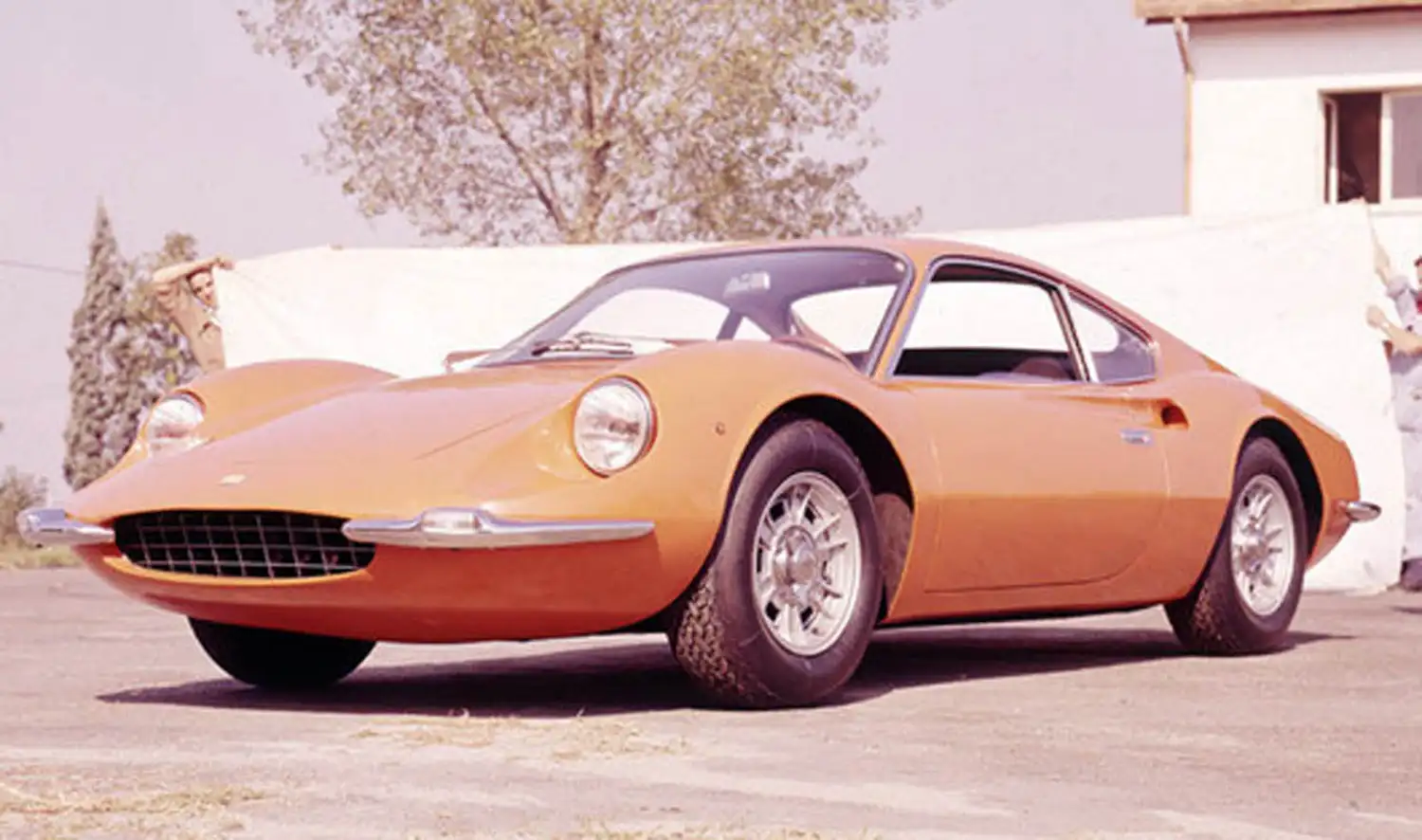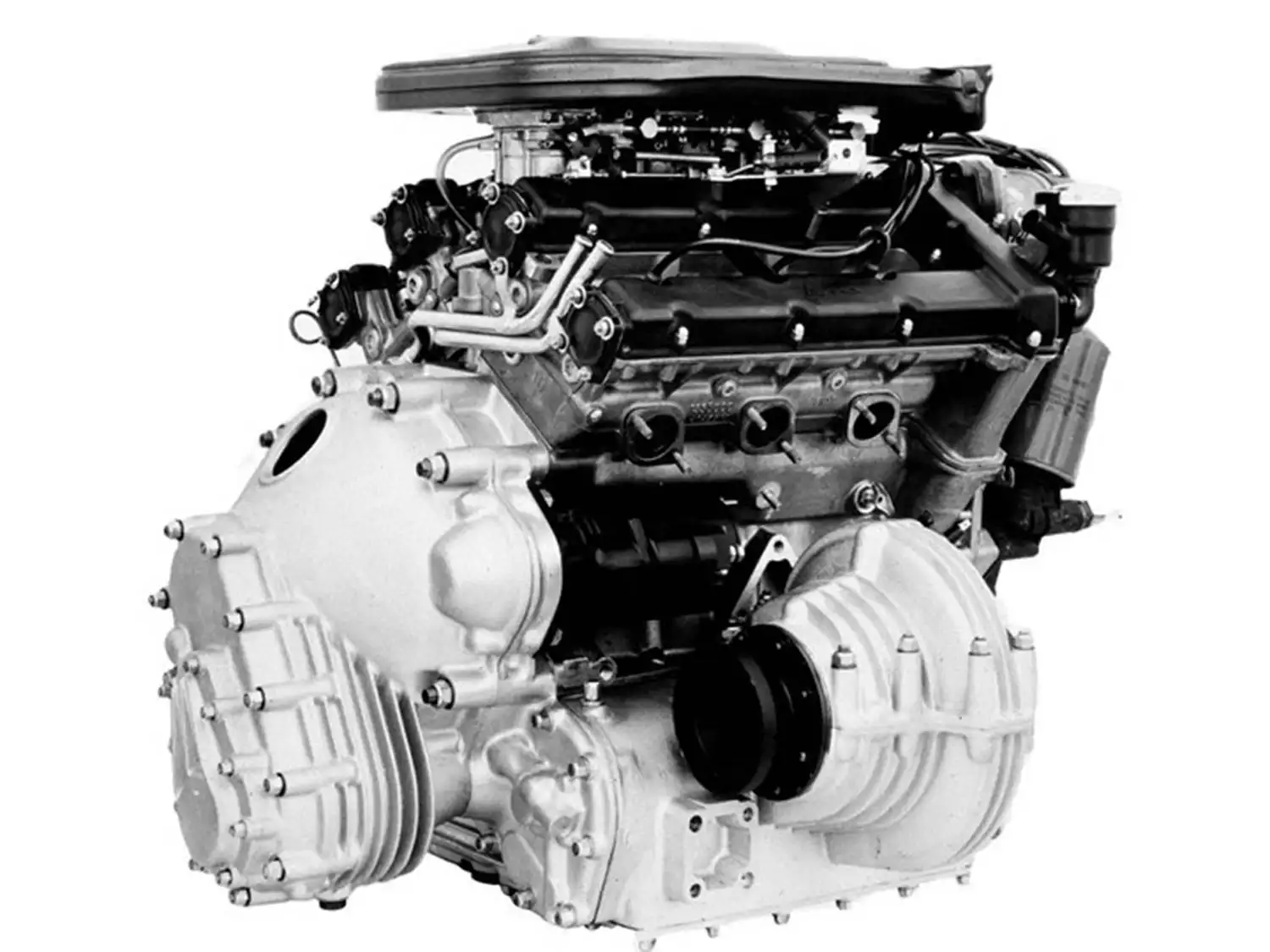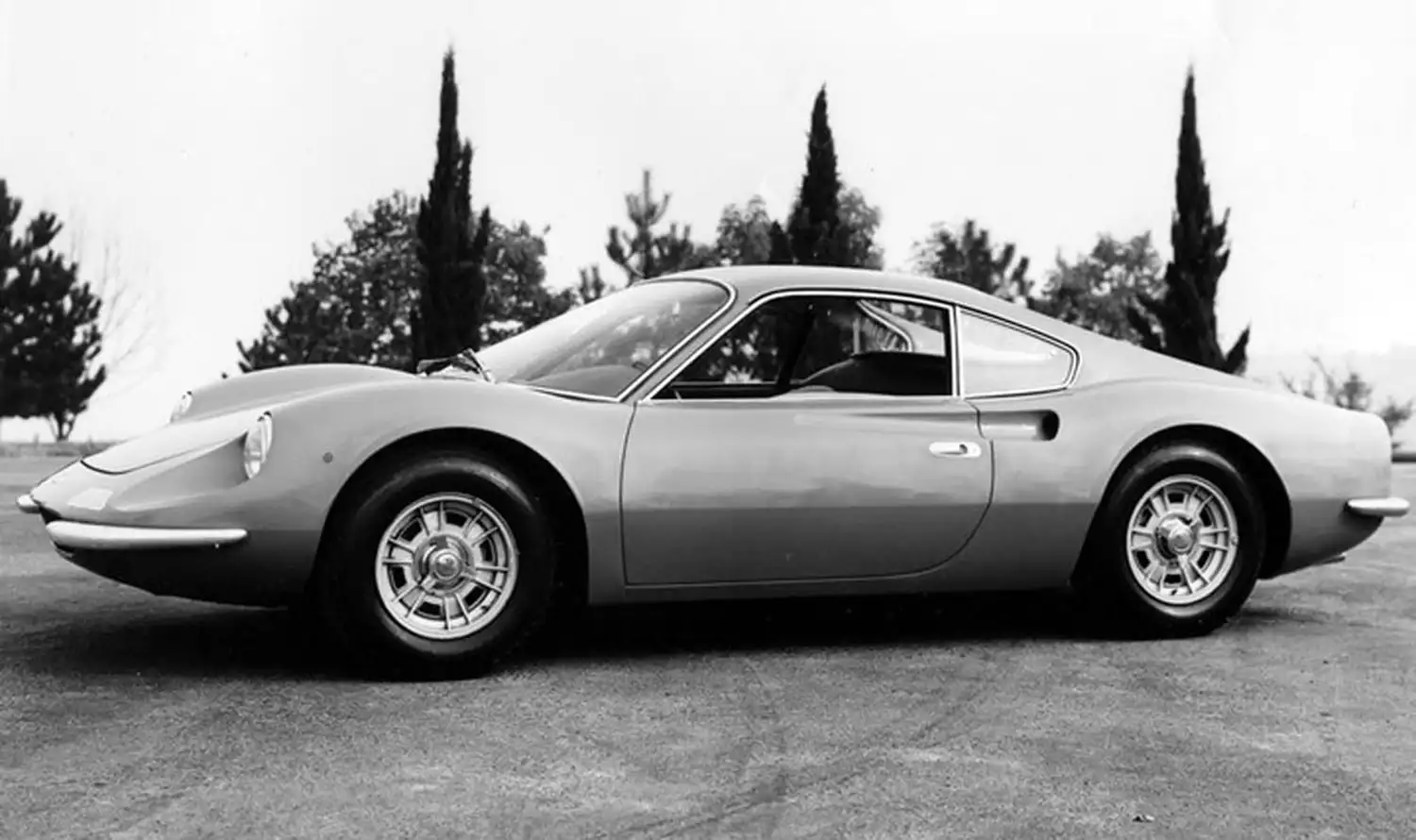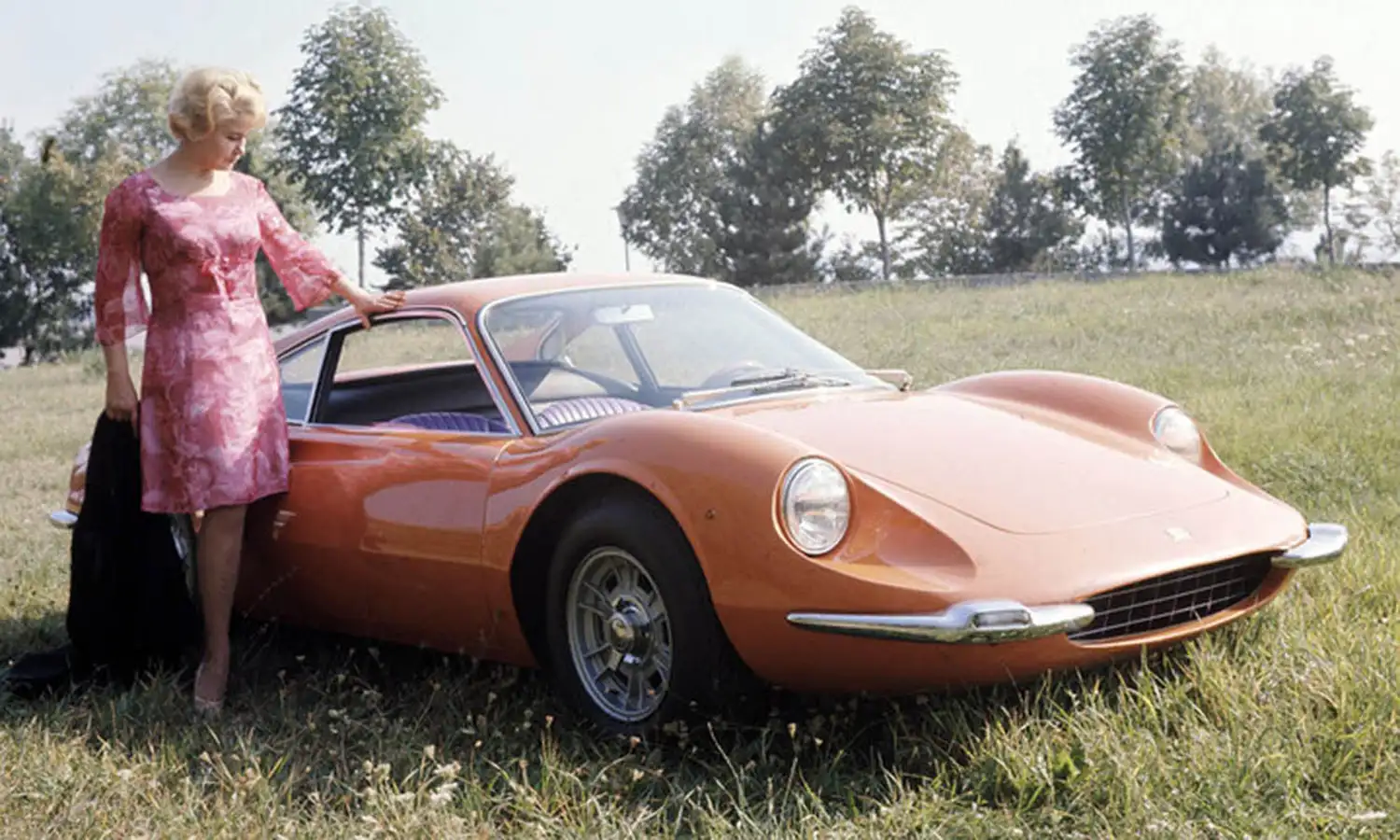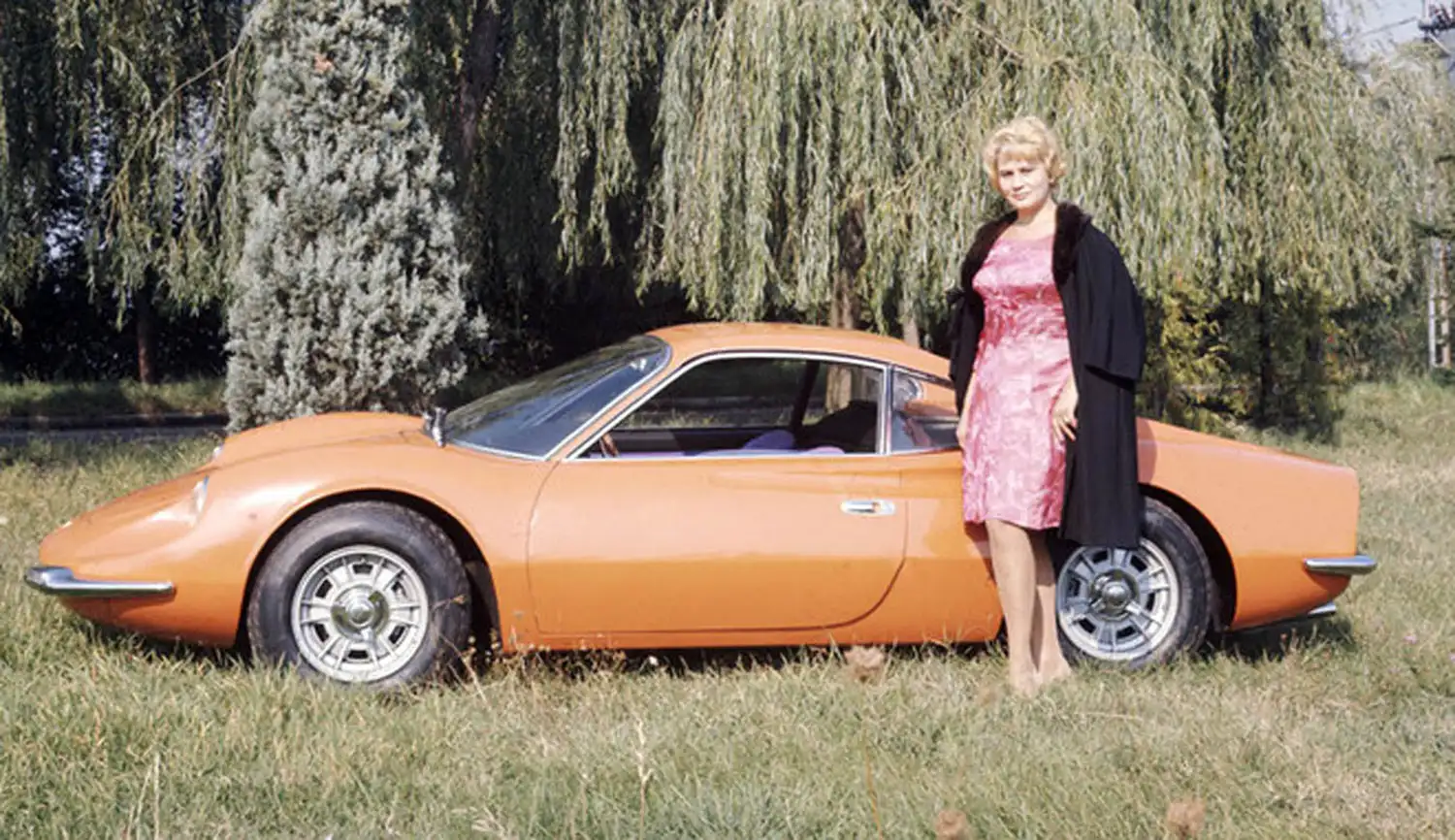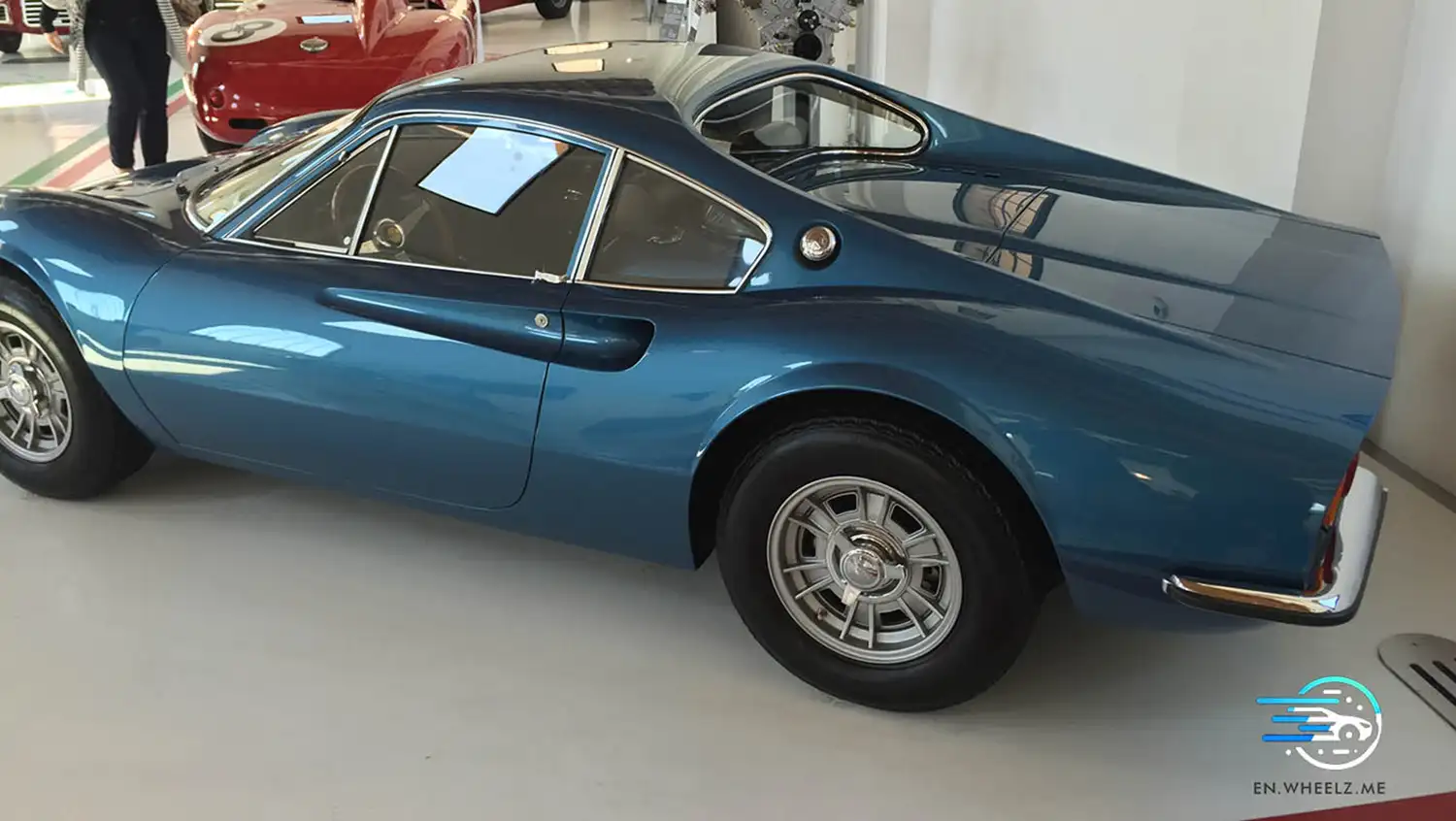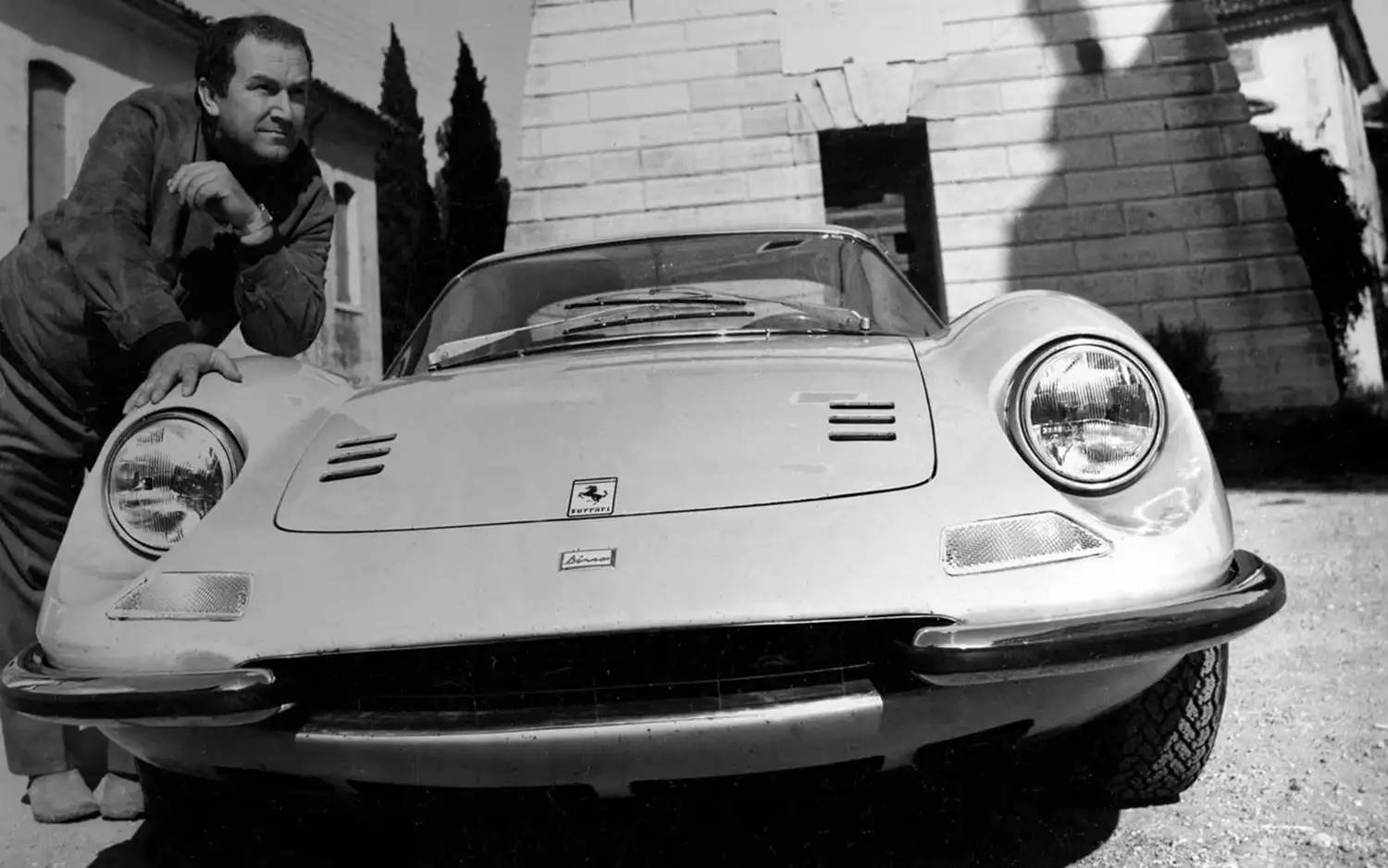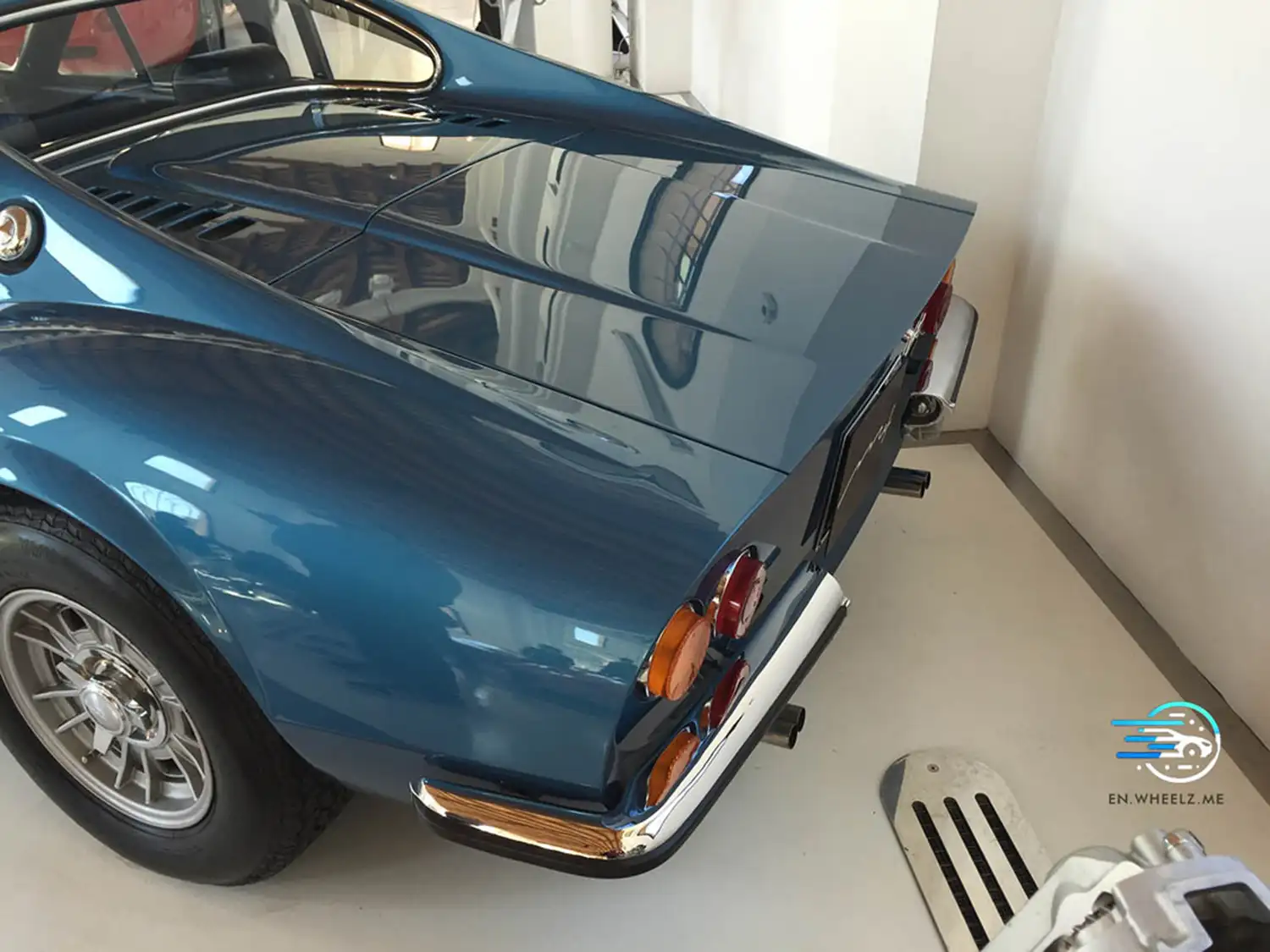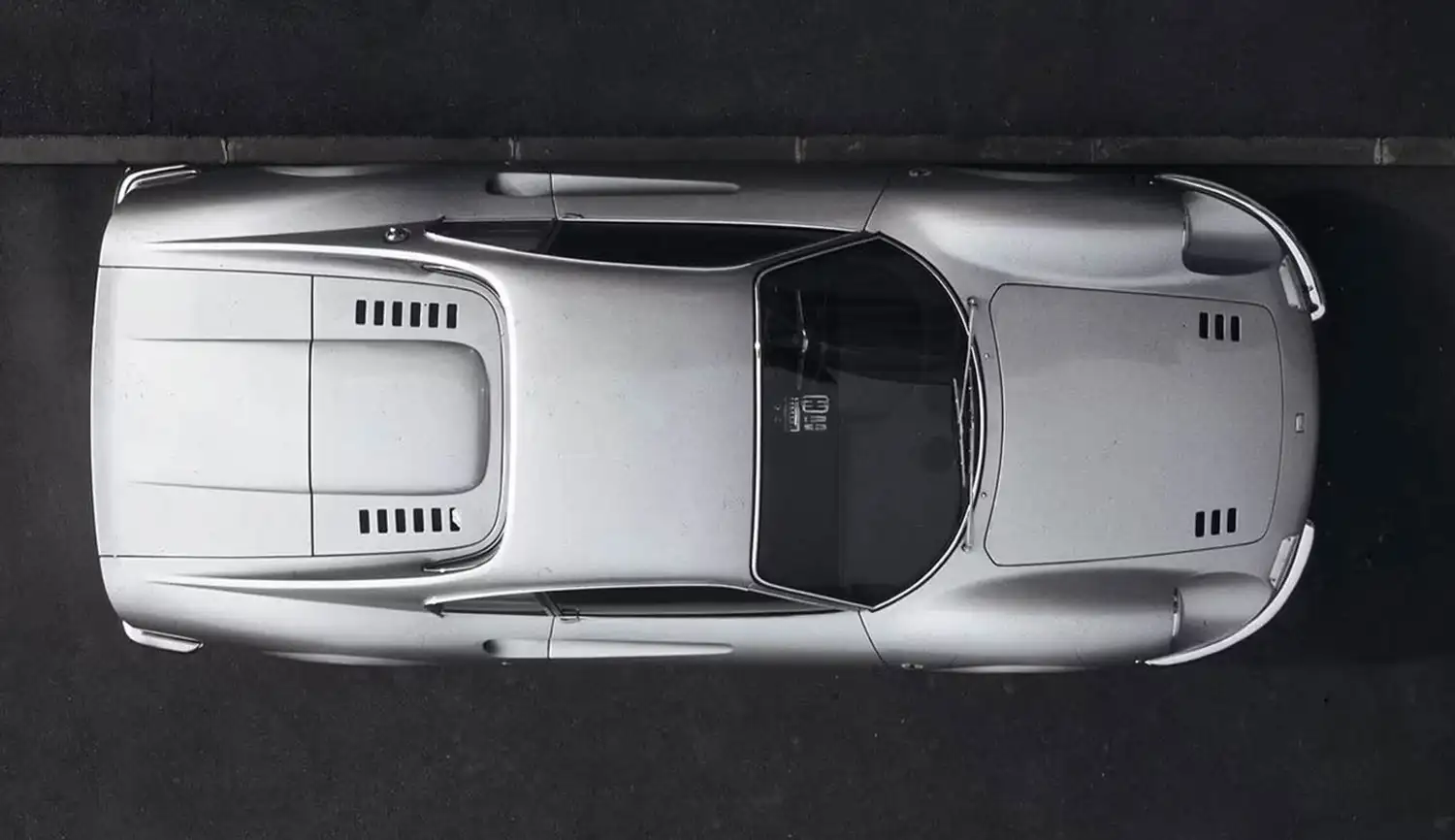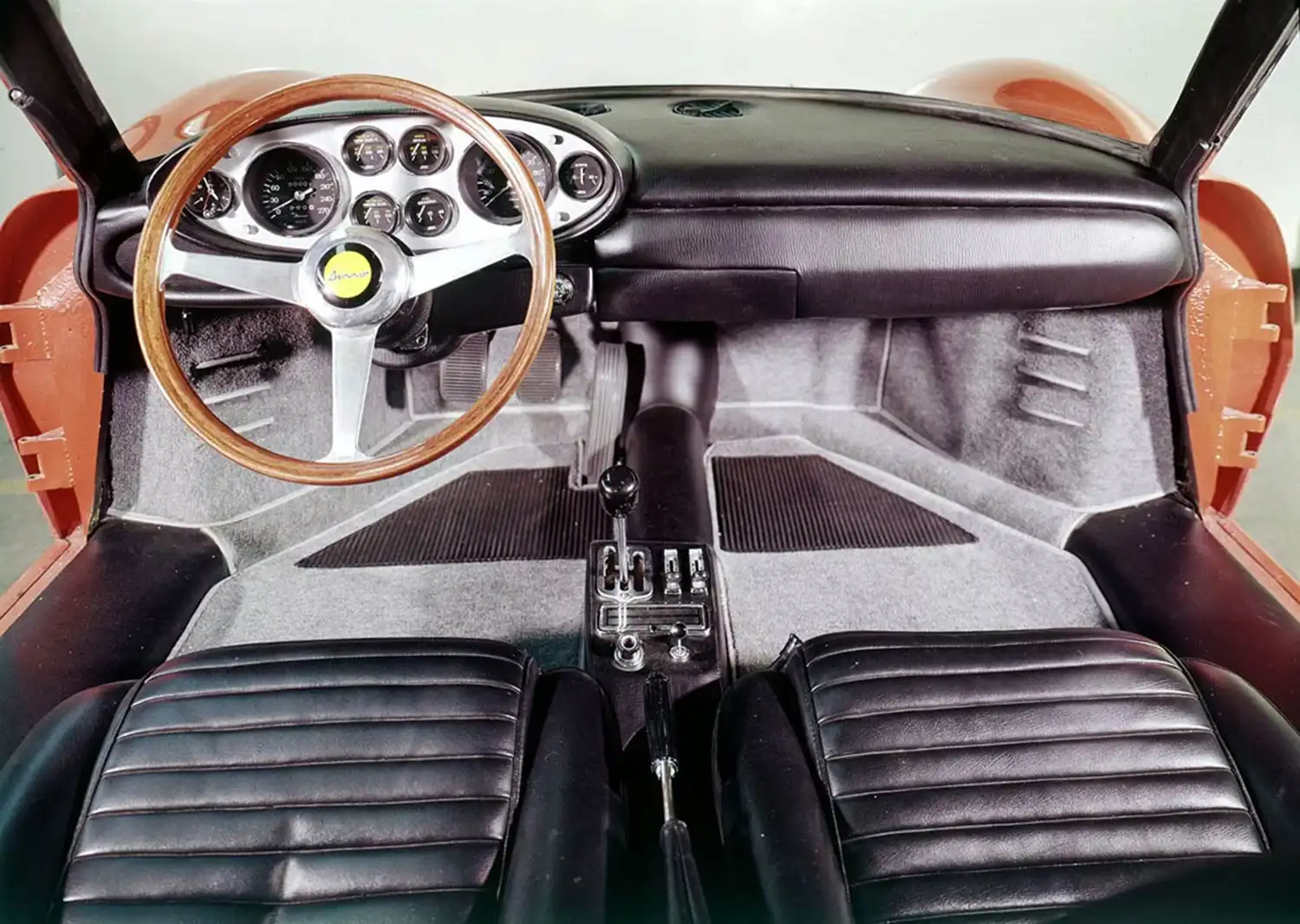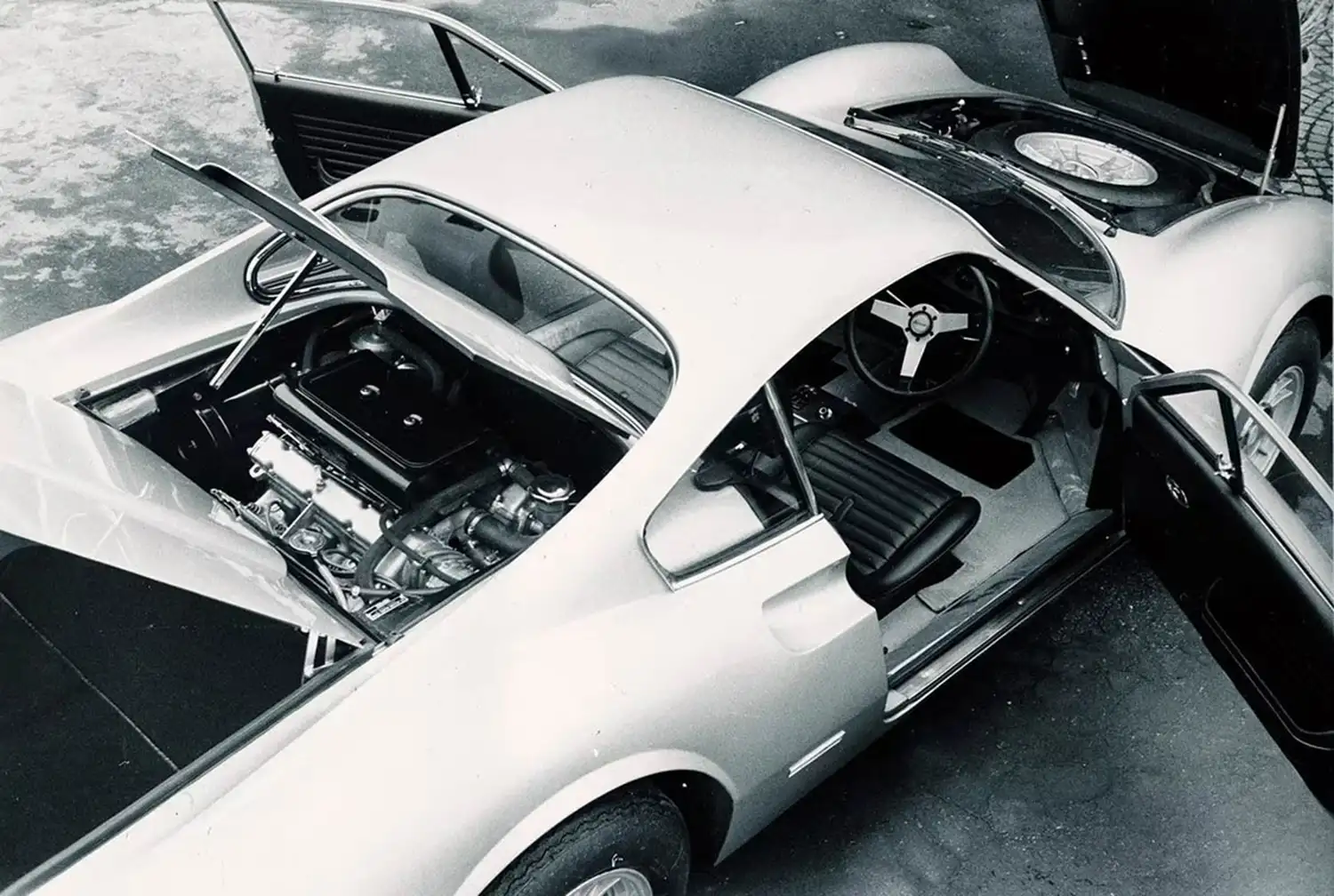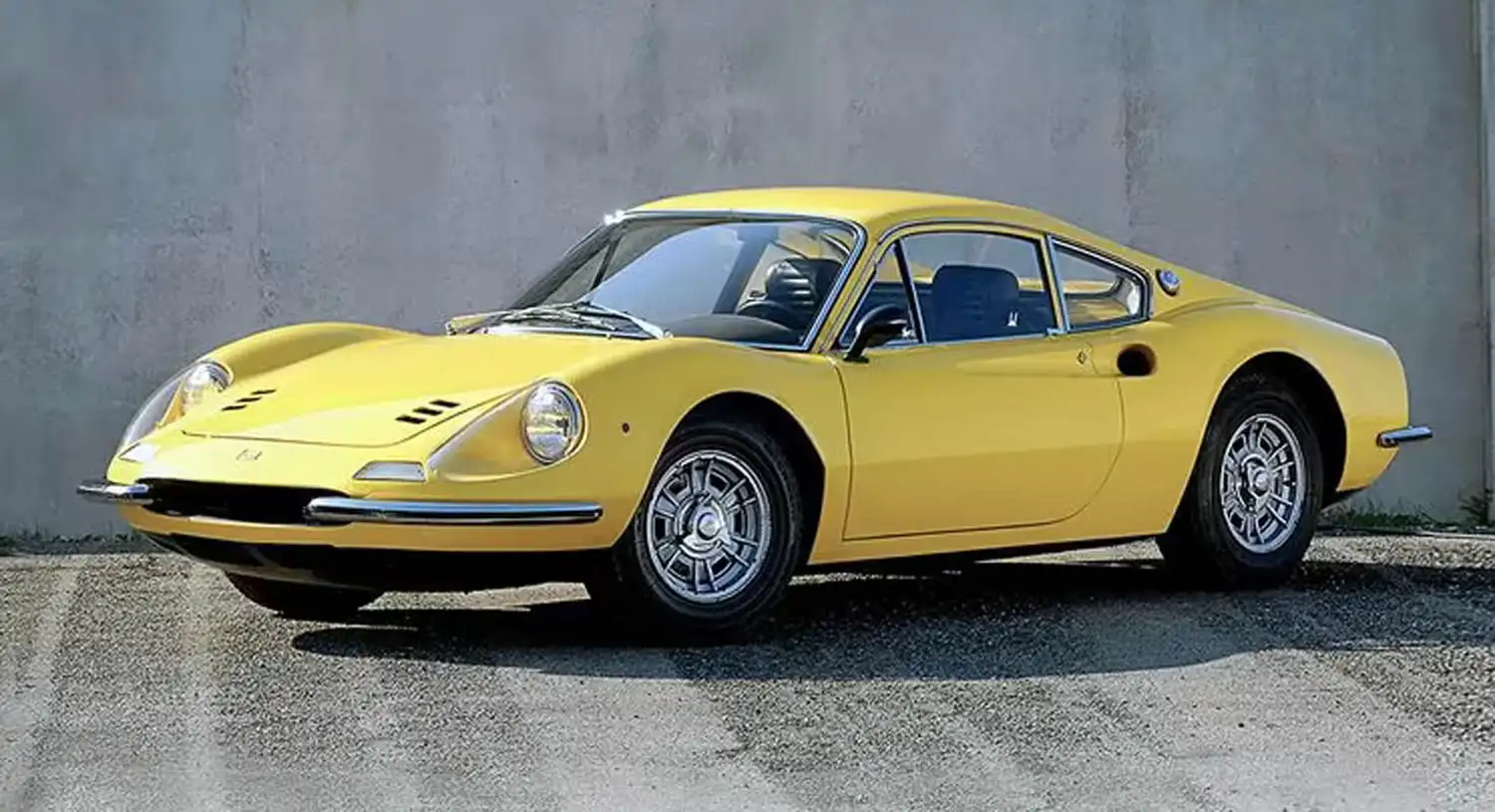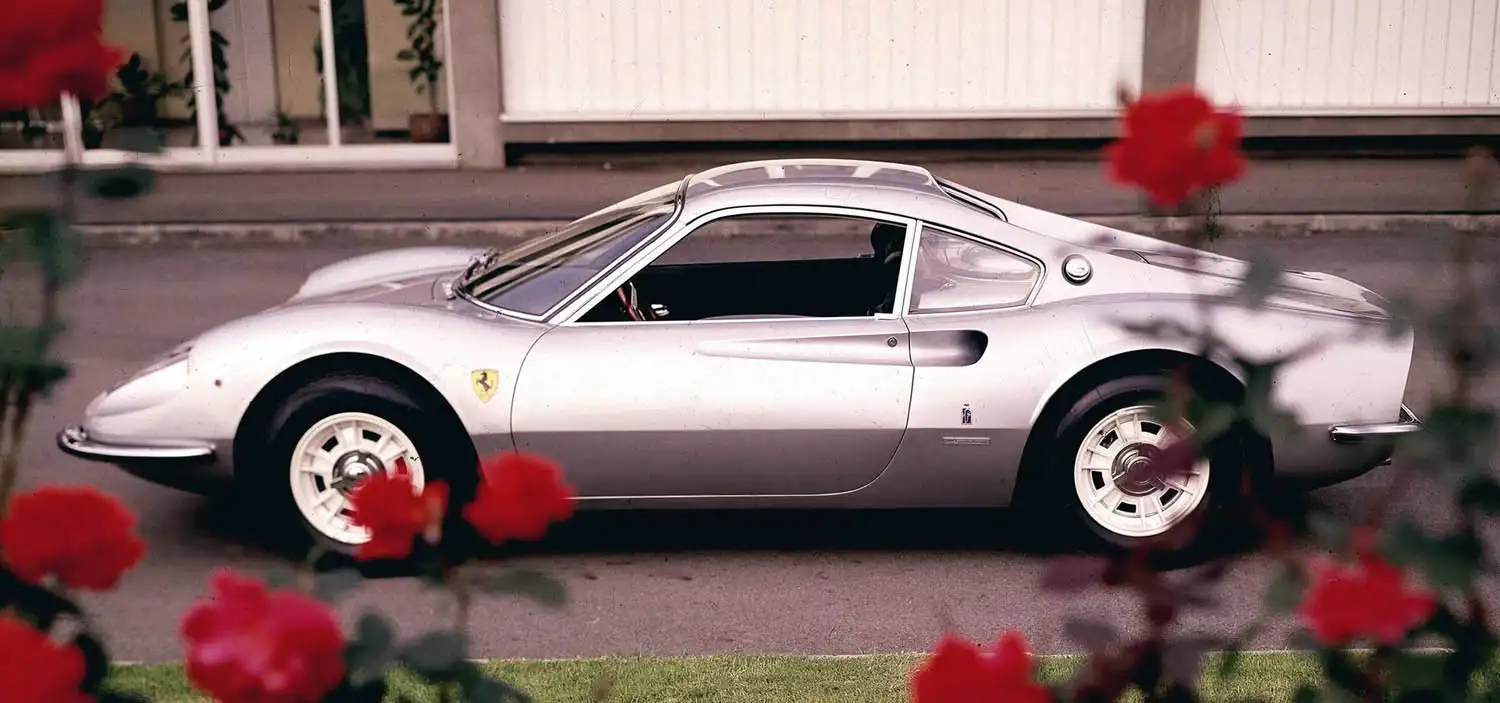
The Ferrari Dino 206 GT stands as a milestone in Ferrari’s storied history, representing a bold departure from tradition and a leap into a new era of automotive design and performance. Introduced in 1968, this model was pivotal not only in Ferrari’s lineup but also in the broader landscape of sports cars, blending elegance with cutting-edge engineering.
A New Era for Ferrari
The Dino 206 GT emerged at a time when Ferrari sought to broaden its appeal and streamline production. The car was designed to be a more accessible model, utilizing the expertise gained from the Dino 196 S prototype. This was Ferrari’s first attempt to produce a mid-engined road car that could be built on an assembly line—a significant shift from their usual practices.
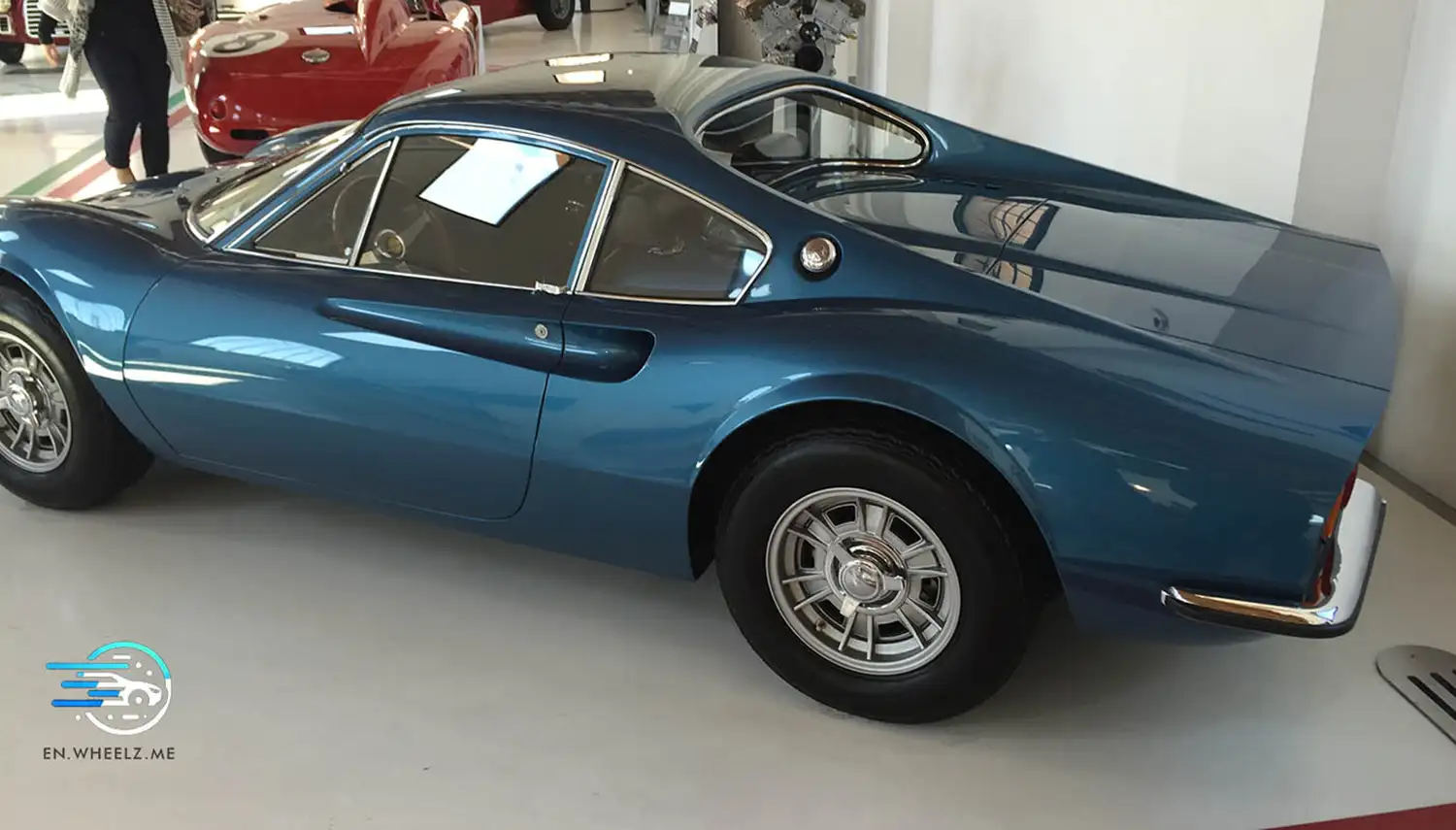
Design and Development
Pininfarina’s design for the Dino 206 GT resulted in a stunningly beautiful car with classic lines that continue to be celebrated. The design was influenced by Ferrari’s earlier sports racing models and featured a sleek, aerodynamic body with a distinctive Kamm tail. The Dino 206 GT’s body was crafted entirely from aluminum, which contributed to its light weight and agile handling.
Innovative Engineering
The Dino 206 GT was powered by a 1,986 cc V6 engine, a significant departure from Ferrari’s typical V12s. This engine was developed in collaboration with Fiat and mounted transversely in the rear of the car. It produced 180 hp, propelling the 206 GT to a top speed of 235 km/h. This engine choice allowed Ferrari to meet new racing regulations while still delivering exceptional performance on the road.
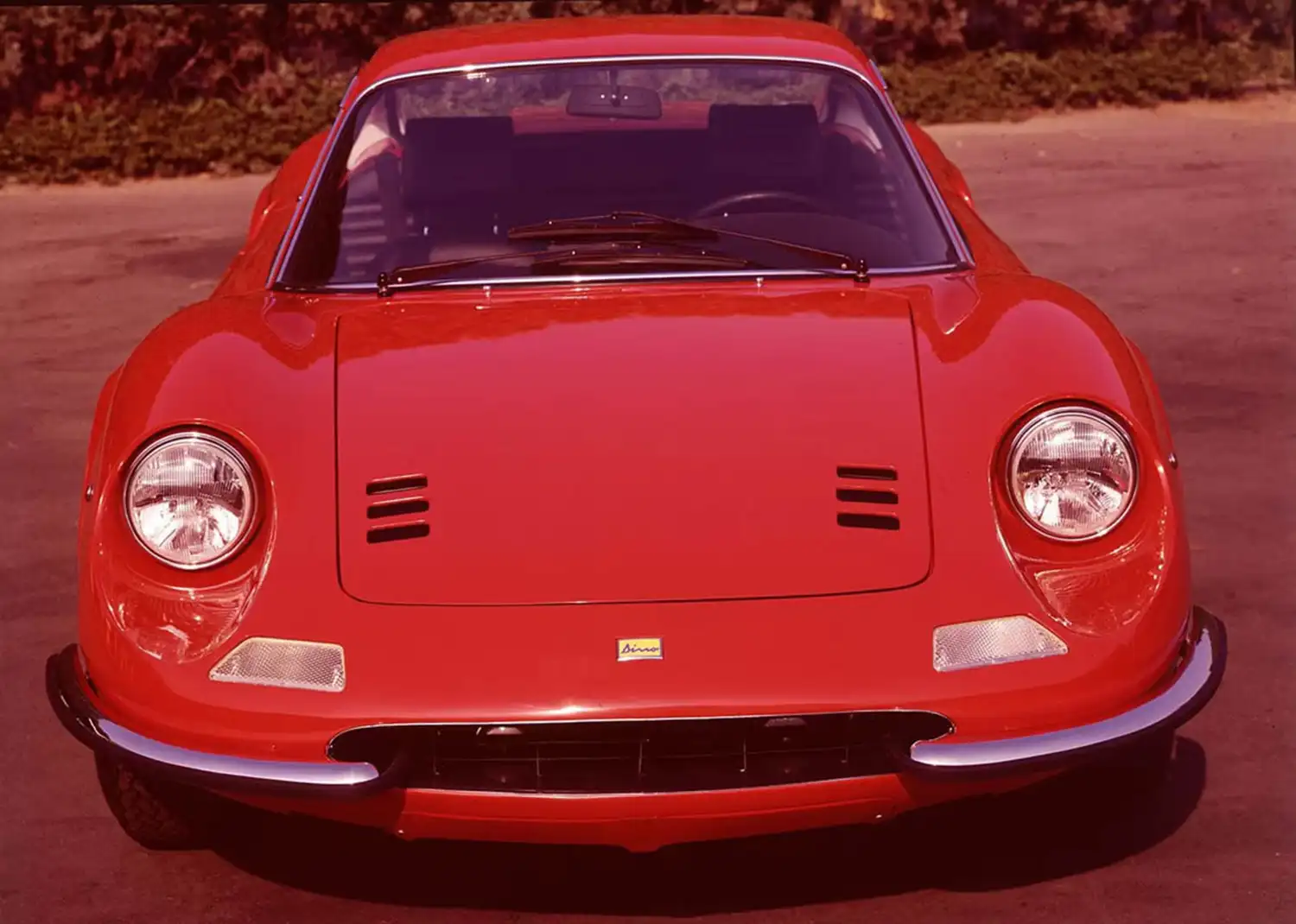
The car’s chassis was a tubular steel frame with independent suspension, ensuring a balance of comfort and sportiness. Servo-assisted ventilated disc brakes, a 5-speed transmission, and rack-and-pinion steering provided a driving experience that was both precise and exhilarating.
Legacy and Production
Despite initial resistance from purists who questioned the Dino’s place in Ferrari’s lineup, the Dino 206 GT quickly won acclaim for its blend of performance, design, and innovation. Production began in 1968 and continued into 1969, with approximately 150 units built. The 206 GT’s success paved the way for the later Dino 246 GT, which featured a larger 2.4-liter engine and became a cornerstone of Ferrari’s offerings.
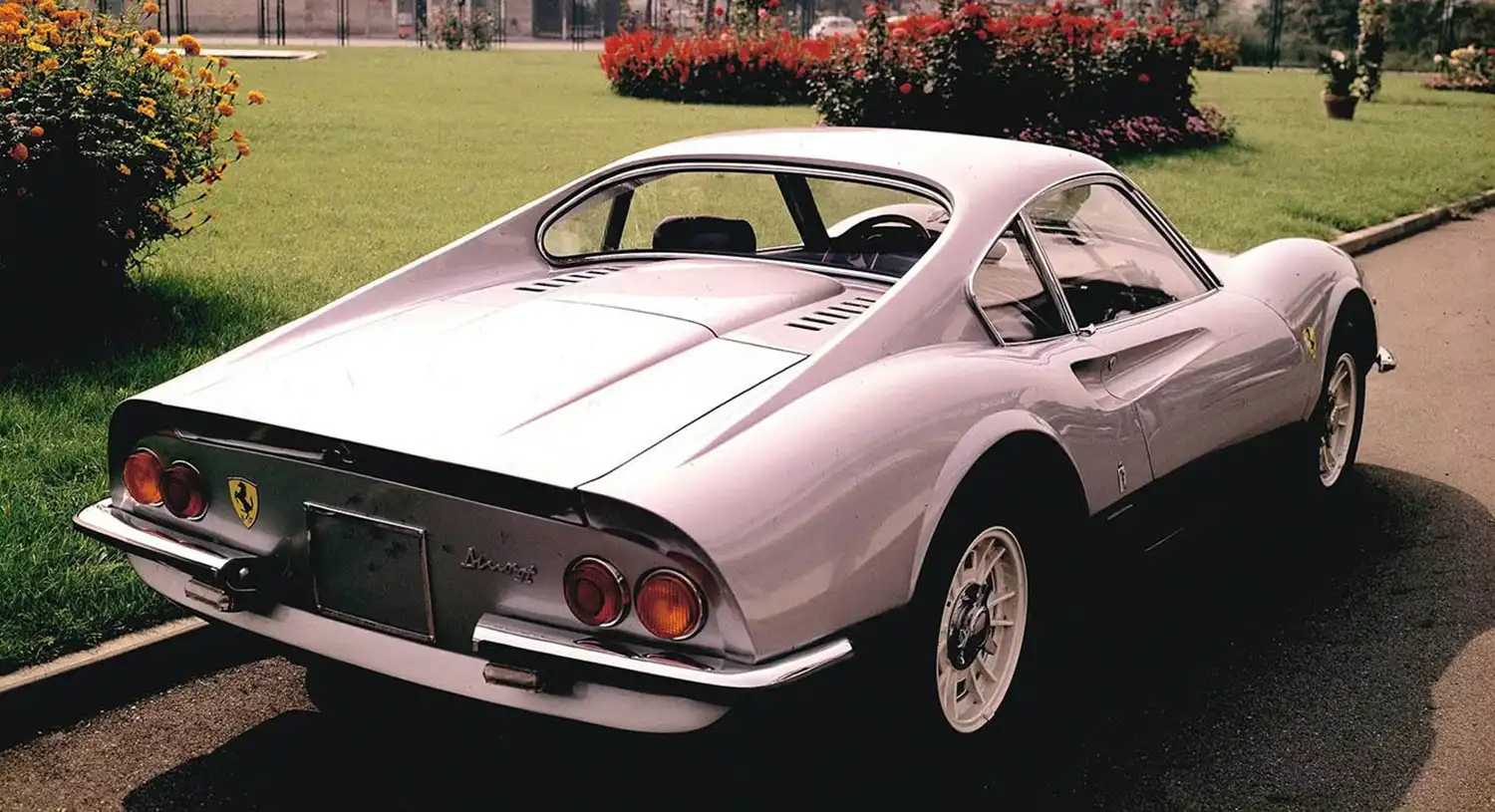
Specifications
- Engine Type: Rear, transverse 65° V6
- Displacement: 1,986 cc
- Power: 180 hp at 8,000 rpm
- Transmission: 5-speed manual
- Top Speed: 235 km/h
- Bodywork: Two-seater berlinetta
- Dimensions: Length 4,150 mm, Width 1,700 mm, Height 1,115 mm
- Weight: 900 kg (dry)
- Fuel Tank Capacity: 65 liters

The Ferrari Dino 206 GT remains a celebrated piece of automotive history, symbolizing Ferrari’s ability to innovate and adapt while preserving the essence of what makes their cars truly special. Its blend of design, engineering, and performance has ensured its place as a classic in the automotive world.
Source: Ferrari
This Article use tools from Chatgpt
